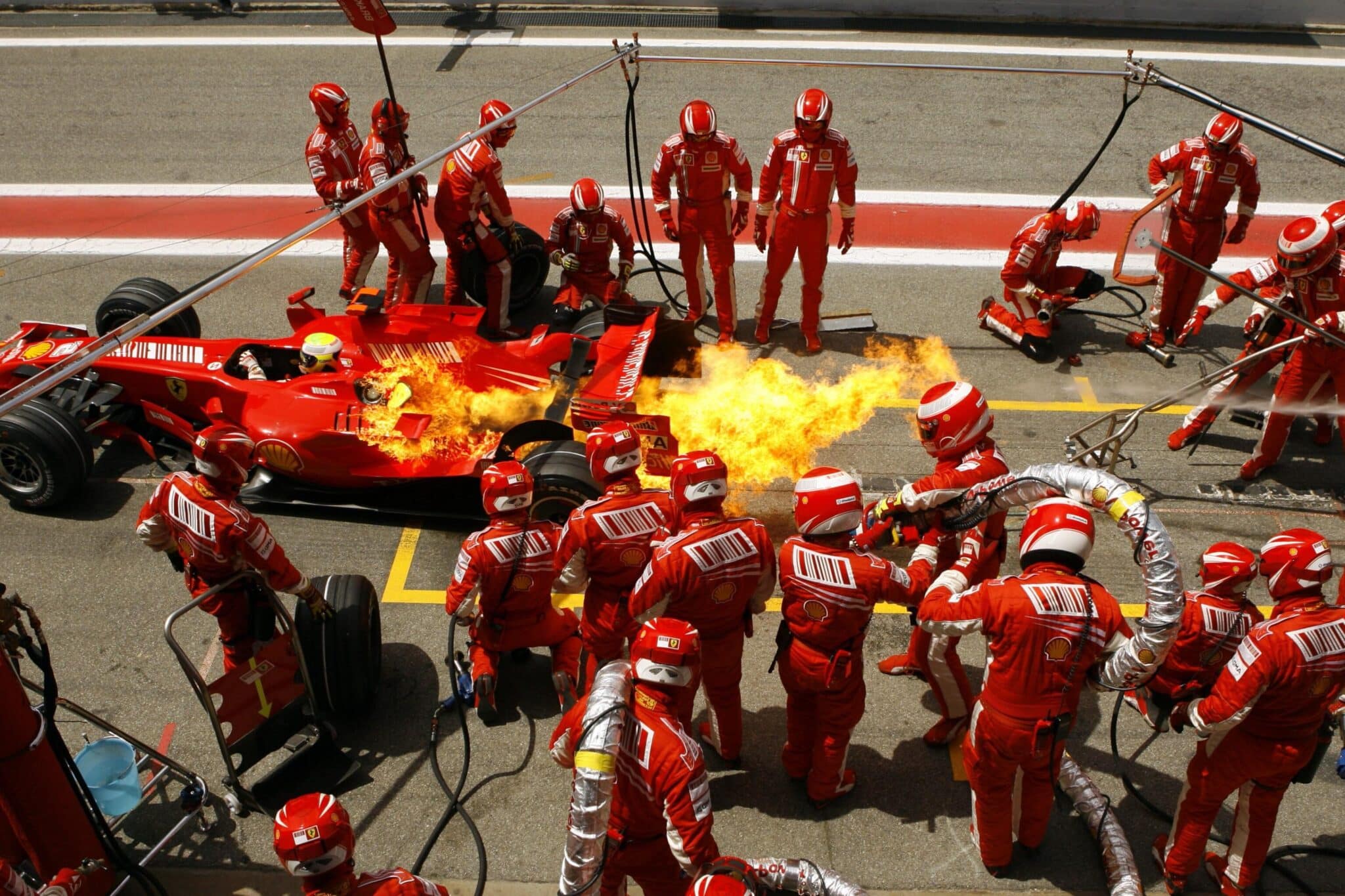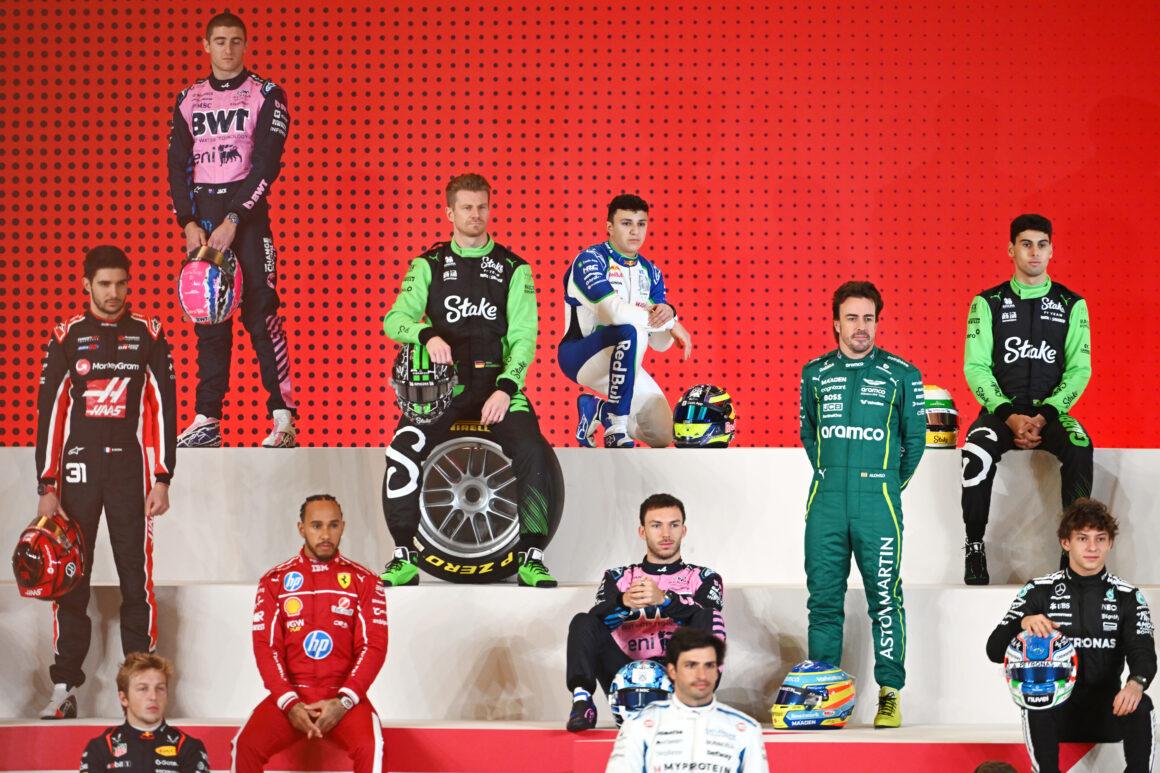After the conclusion of the 2009 Formula One season, refueling was outlawed in an effort to cut costs and improve safety. The vehicles are not permitted to refuel during a race under the rules and regulations of Formula 1 racing.
Over the years, Formula 1 has seen several modifications since its debut in 1950. The sport has advanced greatly, from rules to automobiles, and one rule modification that has occurred is the prohibition on refueling. Refueling was banned from F1 races by the FIA in 2010, a decision that was received with varied reactions. So why was this law upheld? Let’s examine the specifics of why F1 vehicles are no longer allowed to refuel during competitions.
Safety
Safety was the main consideration in the F1’s decision to outlaw refueling. It is a risky scenario when a vehicle drives into the pits to refuel since gasoline is being pumped into a machine that is already hot. A fire may start from even a small spill, and this has happened much too frequently in the past. Fuel leaks have already affected drivers like Felipe Massa and Kimi Raikkonen, and even Max Verstappen‘s father Jos was involved in a serious incident back in 1994.
Cost Reduction
The expense of the procedure was the second important element that led to the ban on refueling. The expense of bringing in specialized fuel rigs to the rails was lowered by eliminating refueling. While the teams had begun to rely on the refueling procedure as a way to gain an edge, this was also done to lower the expenses for the teams.
Can refueling make a comeback in F1 ?
Fans have occasionally suggested the return of refueling in Formula One, although it is extremely improbable that this would happen. F1’s current age is focused entirely on cost savings and improving on-track activity. The teams are not eager to include refueling since it would add another expense aspect to the equation.
However, in order to optimize performance under the existing rules, the teams must rely on tactics like tire life, car configuration, and fuel load. Fuel load is a key element, although it is not as critical as the other ones.
In conclusion, the F1 refueling prohibition was implemented to reduce expenses and improve safety. Because of the present limitations, teams must rely on other tactics and variables in order to play to their full potential. At this moment, it is quite doubtful that refueling will make a reappearance because the sport is working to improve its sustainability and effectiveness.


